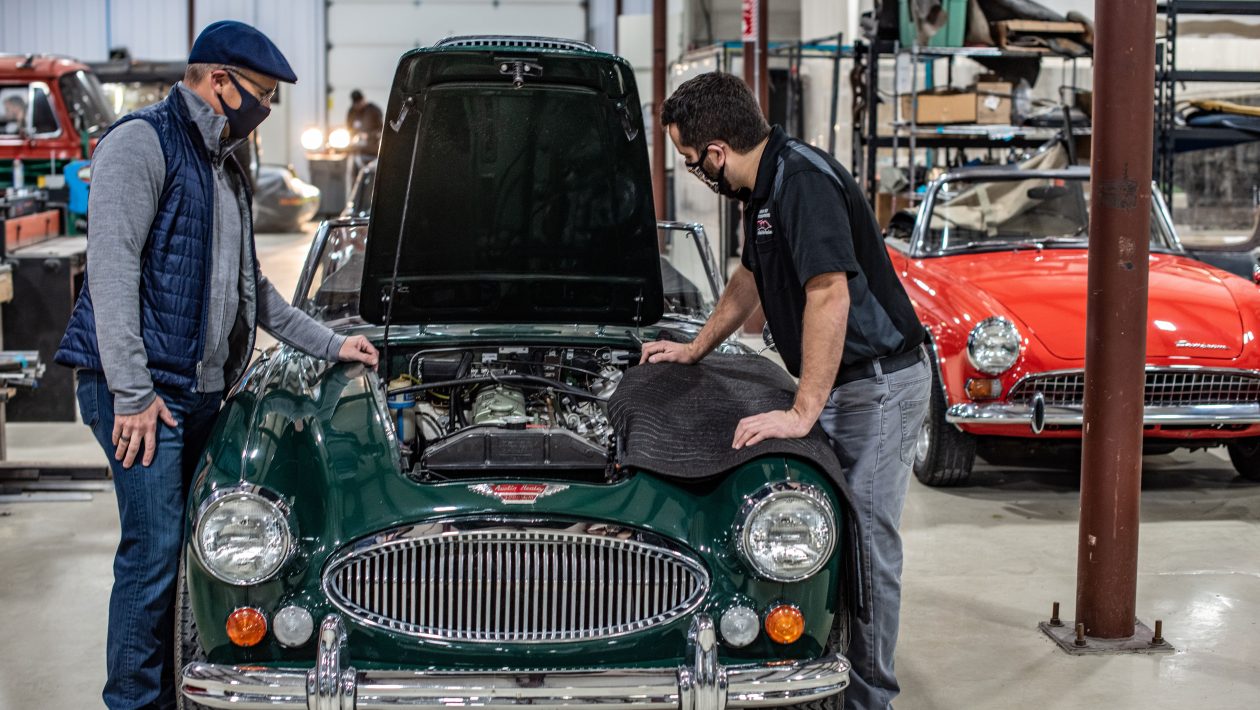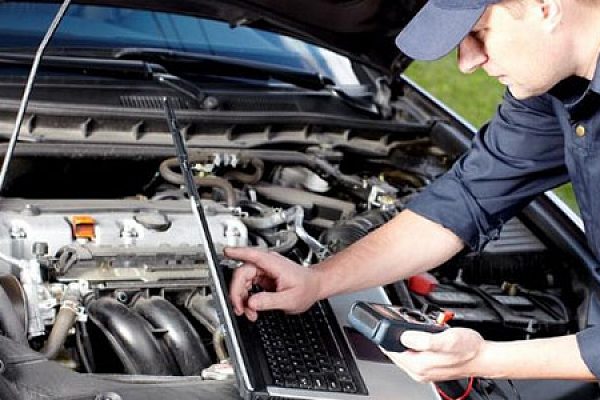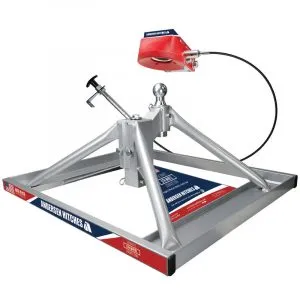Would it surprise you to know that the classic car market has consistently expanded over the last several years? In fact, many expect this market to continue expanding to more than $43 billion by 2024, and nearly 9.4 million vehicles made before 1990 are still on the road. However, many of these vehicles require auto body restoration work. One of the key steps in the restoration process is the application of car sealant.
What Is Car Sealant?
Sealants are synthetic products that protect your vehicle. Technicians may use them to make your vehicle shine, protect it from rust and debris and reduce your maintenance. Most auto body technicians apply sealants during the restoration process prior to painting. They re-seal the vehicle’s vulnerable parts to better preserve them.
Types and Uses of Car Sealant
Car sealants serve a number of purposes and come in several different types, but their job is to protect the vehicle from dust, debris, moisture, salt, UV rays, and other environmental factors that can damage it.
Mechanical Uses
Pipe sealants protect the vehicle by sealing gaps and connections while smoothing out seams. For example, your vehicle has various types of fasteners, such as bolts, that hold it together. Pipe sealants lubricate these fasteners and prevent their seizing. Although they lock vehicle parts into place, providing a tight seal, anti-seize lubricants and sealants have high heat tolerance, preventing corrosion and galling, which enables the fast and easy removal of screws.
Also, sealants prevent thread friction so the technician can achieve the proper clamping loads when tightening the fasteners in your vehicle. This ensures that the parts are secure but the technician does not over- or under-tighten the bolts or other fasteners, which can damage the vehicle and impact how it runs.
However, effective application of this sealant requires that the fasteners and the parts they fasten be completely cleaned with solvents and compressed air to eliminate any debris or moisture that can impact their application before the bolts become cured in place with sealant.
Body Work
In many cases, auto body professionals have to mold and shape metal to restore classic vehicles. When two pieces of the vehicle meet, they create a seam, leaving both parts vulnerable to the elements. The goal is to protect the seams and make the restoration look as close to the original manufacturing as possible.
These products seal door jams and skins, floor pans, rocker,s and body panels as well as other internal and external seams. Technicians can paint over these products to complete the restoration.
Undercoat
If you are like most people, you don’t really think about what goes on your vehicle before it’s painted. This is especially true for areas you don’t see, such as your fender wells and undercarriage. However, a rubberized undercoat can provide your vehicle with additional protection. Abrasives prepare the vehicle for undercoating.
Not only will undercoating sealers protect your vehicle from rust and other environmental damage, but they also deaden road noise when applied properly.
Your classic car restoration may include both auto body and mechanical work, including rebuilding the engine to replacing car fuses. However, it’s the little, unseen things, such as car sealants, that can protect your vehicle the most. Visit Rogo Fastener to learn more about your sealant options.
Sources:
https://www.statista.com/statistics/1139775/global-classic-car-market-size/
https://www.bodyshopbusiness.com/sema-report-reveals-new-data-on-classic-car-market/
https://www.caranddriver.com/car-accessories/a38162593/sealants-for-cars/





